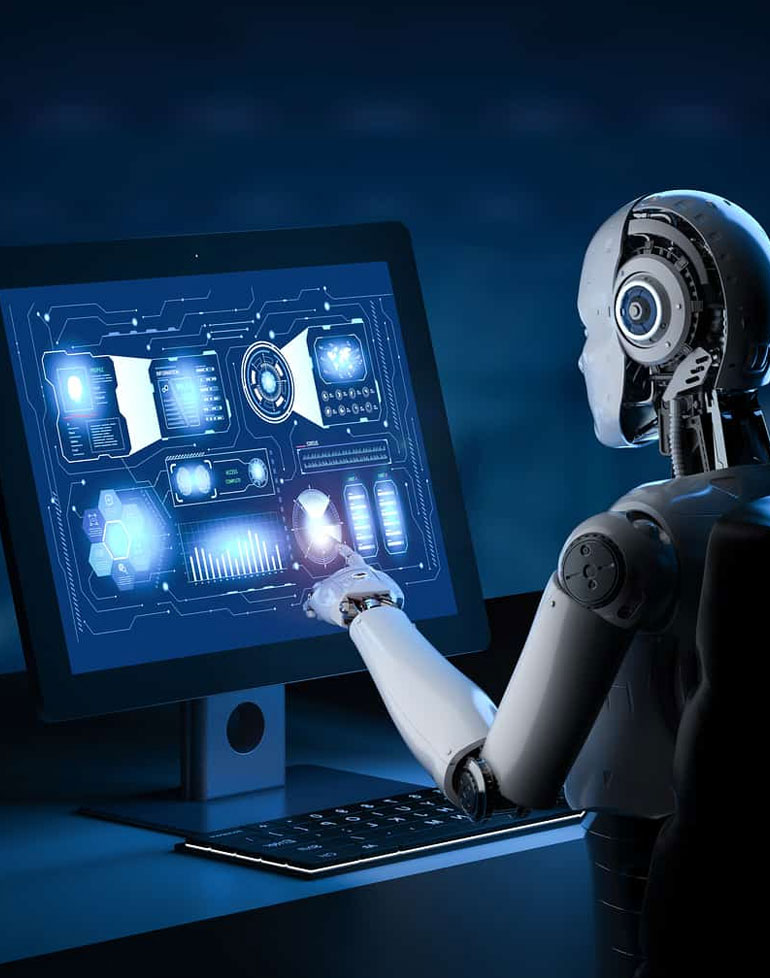
In the era of globalization, translation is a crucial skill that enables communication across languages and cultures. However, human translators are often limited by time, cost, and availability. That’s why many people turn to artificial intelligence (AI) for their translation needs. But how does AI compare to human translation? And what are the advantages and disadvantages of each method?
AI translation is the process of using software or algorithms to translate text or speech from one language to another. AI translation can be divided into two main types: rule-based and neural. Rule-based translation relies on predefined rules and dictionaries to translate words and phrases according to their grammatical and syntactic structures. Neural translation uses deep learning models to learn from large amounts of data and generate translations based on the context and meaning of the source text.
Human translation, on the other hand, is the process of using human experts to translate text or speech from one language to another. Human translators have the ability to understand the nuances, idioms, and cultural references of the source and target languages, and to adapt their translations accordingly. Human translators can also handle complex and creative texts, such as literature, poetry, or humor, that require more than literal translation.
The main advantages of AI translation are speed, scalability, and affordability. AI translation can produce translations in a matter of seconds, which is much faster than human translation. AI translation can also handle large volumes of text or speech, which is useful for applications such as web content, social media, or e-commerce. AI translation is also cheaper than human translation, as it does not require hiring or paying human experts.
The main disadvantages of AI translation are accuracy, quality, and reliability. AI translation can make mistakes or errors that human translators would not make, such as mistranslating words, missing nuances, or losing context. AI translation can also struggle with texts that are ambiguous, informal, or creative, as it lacks the human ability to interpret and adapt to different situations. AI translation is also dependent on the quality and quantity of the data it is trained on, which can affect its performance and consistency.
The main advantages of human translation are accuracy, quality, and reliability. Human translation can produce translations that are more accurate, natural, and fluent than AI translation. Human translation can also capture the subtleties, emotions, and intentions of the source text, and convey them in the target language. Human translation can also deal with texts that are complex, creative, or sensitive, as it has the human knowledge and skills to handle different scenarios. Human translation is also more reliable than AI translation, as it does not depend on data or algorithms that may change or malfunction.
The main disadvantages of human translation are speed, scalability, and affordability. Human translation can take hours or days to produce translations, which is much slower than AI translation. Human translation can also handle only limited amounts of text or speech at a time, which is not suitable for applications that require large-scale or real-time translation. Human translation is also more expensive than AI translation, as it requires hiring and paying human experts who have high qualifications and experience.
In conclusion, AI and human translation have their own strengths and weaknesses, and there is no definitive answer to which one is better. The best choice depends on the purpose, context, and expectations of the translation project. For some situations, such as casual conversations or general information, AI translation may be sufficient and convenient. For other situations, such as legal documents or literary works, human translation may be necessary and preferable. In some cases, a combination of both methods may be optimal, such as using AI to provide a rough draft and then having a human revise and polish it.


